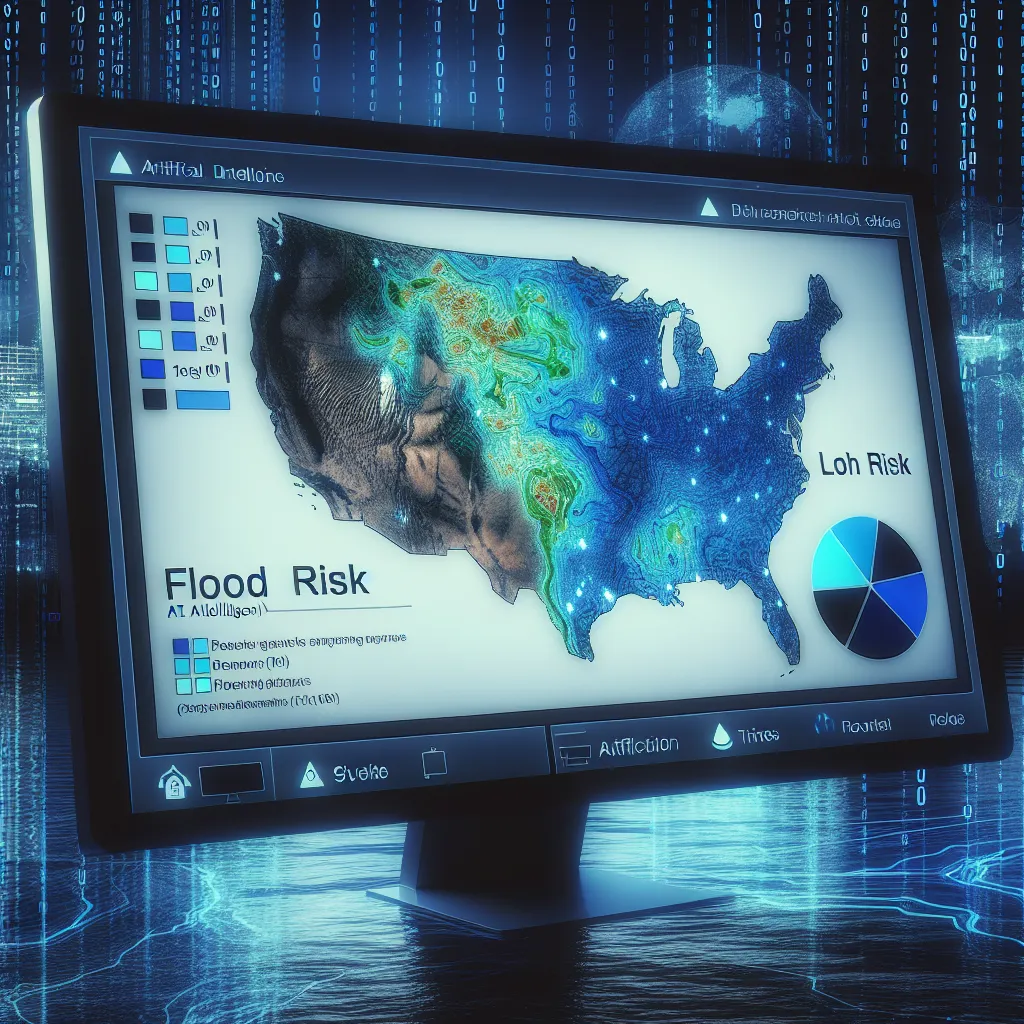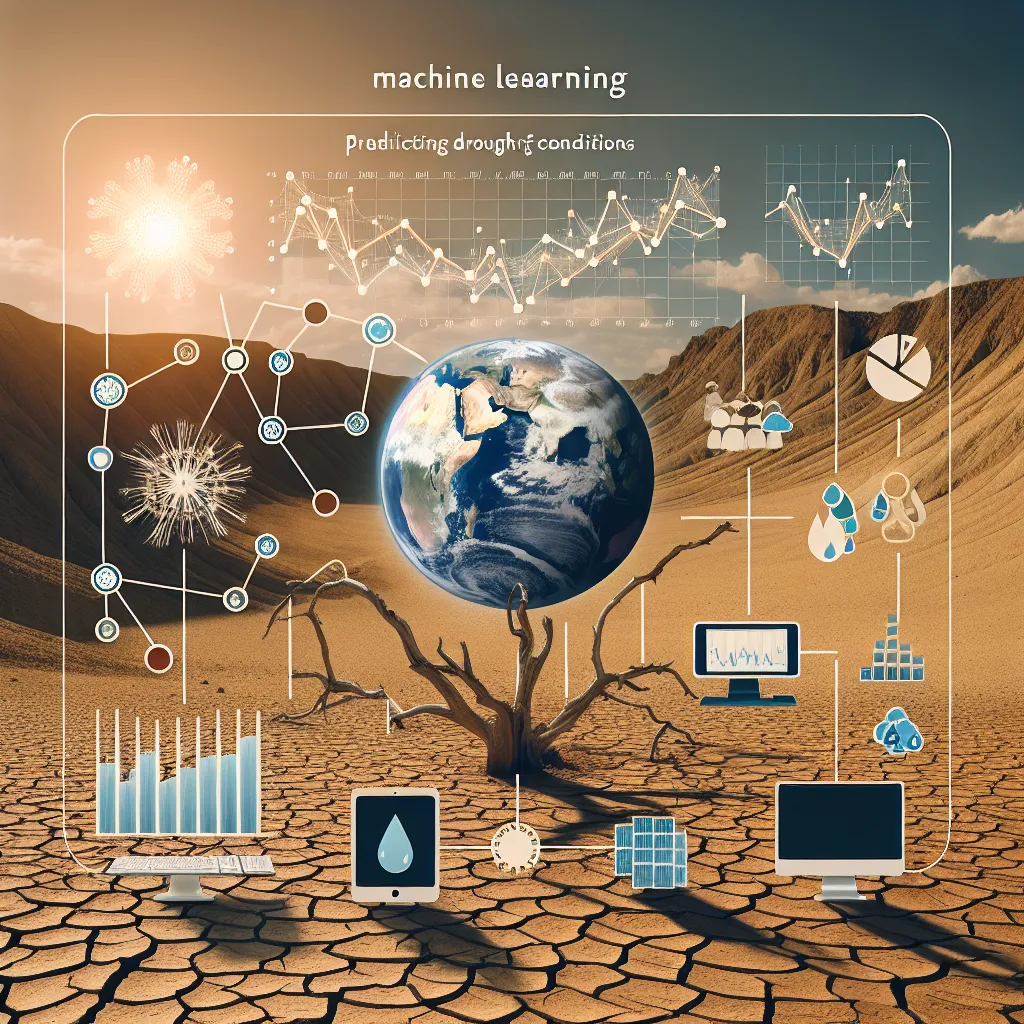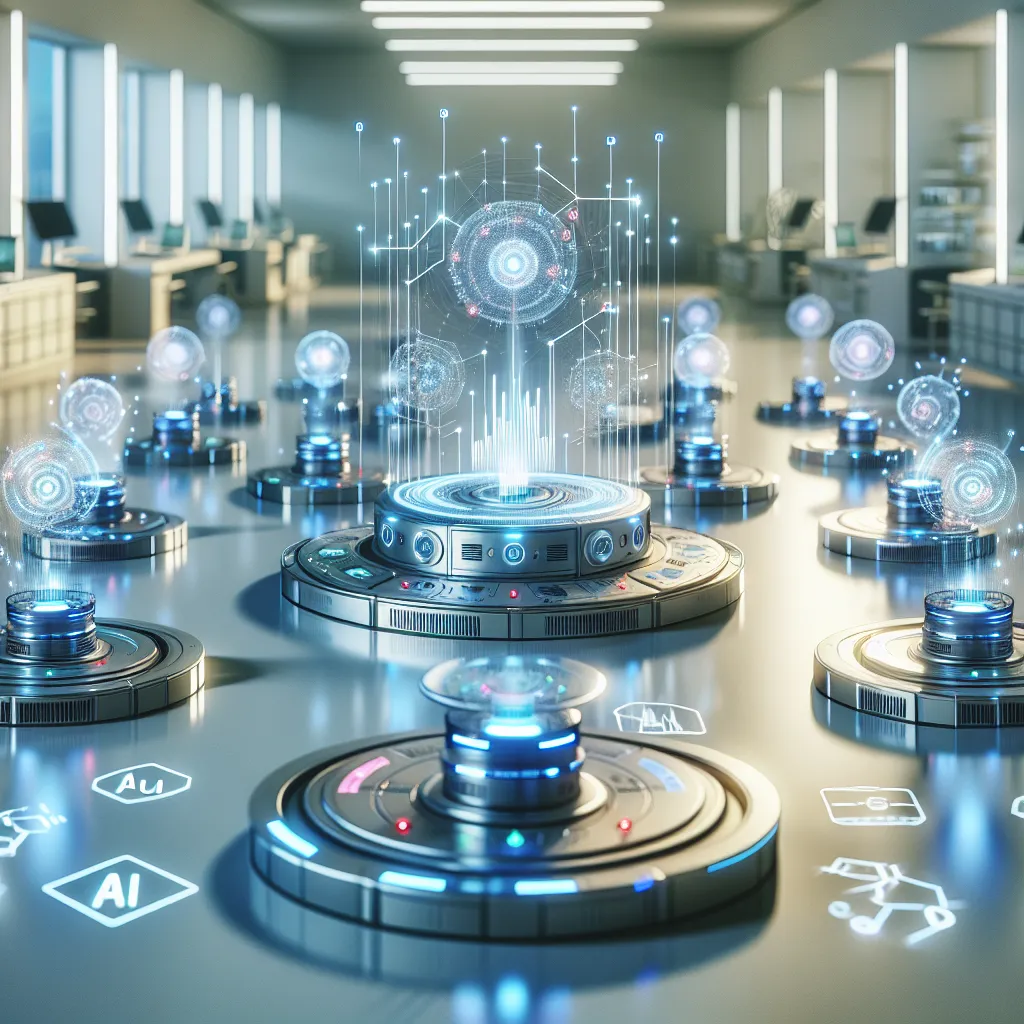Baca dalam Bahasa Indonesia Understanding the Challenge of Water Pollution
Water pollution poses a significant threat to ecosystems, public health, and the economy. As industrial activity, urbanization, and agricultural practices expand, the quality of water sources deteriorates, leading to dire consequences. The need for effective monitoring systems that can provide real-time insights into water quality has never been more critical.
Pollution in water bodies can stem from various sources, including:
[Read More]
AI-Driven Tools for Managing Water in Disaster Recovery Efforts | Alat Berbasis AI untuk Mengelola Air dalam Upaya Pemulihan Bencana
Baca dalam Bahasa Indonesia AI-Driven Tools for Managing Water in Disaster Recovery Efforts In the wake of natural disasters, managing water resources becomes not only a challenge but a necessity for recovery and rebuilding efforts. Floods, droughts, and earthquakes can disrupt the delicate balance of water supply and demand, leading to crises that require immediate attention. However, with the integration of artificial intelligence (AI), disaster recovery efforts can be significantly enhanced.
[Read More]
AI-Powered Models for Improving Water Supply Efficiency in Rural Areas | Model Berbasis AI untuk Meningkatkan Efisiensi Pasokan Air di Daerah Pedesaan
Baca dalam Bahasa Indonesia AI-Powered Models for Improving Water Supply Efficiency in Rural Areas In the vast tapestry of rural landscapes, the flow of water is both a lifeline and a challenge. Access to clean and reliable water supply is a fundamental human right, yet many rural communities face significant hurdles in managing their water resources efficiently. As populations grow and climate changes wreak havoc on traditional water sources, the need for innovative solutions becomes increasingly urgent.
[Read More]
Automating Water Usage Rights With Smart Contracts | Mengotomatiskan Hak Penggunaan Air Dengan Kontrak Pintar
Baca dalam Bahasa Indonesia Automating Water Usage Rights With Smart Contracts Water is a vital resource that sustains life, agriculture, and industry. However, the management of water resources often faces numerous challenges, including over-extraction, pollution, and inefficient allocation. In many regions, especially in developing countries, the complexities of water rights can lead to disputes and inequities. As the world grapples with climate change and population growth, finding efficient ways to manage water usage rights becomes paramount.
[Read More]
AI-Based Tools for Predicting Water Consumption in Urban Populations | Alat Berbasis AI untuk Memprediksi Konsumsi Air di Populasi Perkotaan
Baca dalam Bahasa Indonesia Understanding the Water Consumption Challenge in Urban Areas
Water is an essential resource, yet the growing urban populations are putting immense pressure on water supply systems. As cities expand, the demand for water increases, which can lead to shortages, inefficient resource management, and increased costs. The challenge lies in accurately predicting water consumption to align supply with demand effectively.
Urban areas often experience fluctuations in water usage due to various factors, including population growth, seasonal changes, and economic activities.
[Read More]
AI-Powered Mobile Apps for Consumer Water Usage Alerts | Aplikasi Seluler Berbasis AI untuk Peringatan Penggunaan Air Konsumen

Baca dalam Bahasa Indonesia Understanding the Water Crisis Water is one of our most precious resources, essential for life, agriculture, and industrial processes. However, many regions around the globe are facing significant challenges related to water scarcity, poor water quality, and inefficient water management. In urban areas, the problem is compounded by population growth and increased demand for water, leading to overstressed water systems.
Growing Water Demand: With the global population expected to reach nearly 10 billion by 2050, the demand for freshwater is surging.
[Read More]
Using AI to Predict Water Scarcity in Developing Regions | Menggunakan AI untuk Memprediksi Kekurangan Air di Wilayah Berkembang
Baca dalam Bahasa Indonesia Using AI to Predict Water Scarcity in Developing Regions
Introduction: The Looming Water Crisis
Water scarcity is an urgent global issue, particularly in developing regions where populations are growing rapidly and climate change is exacerbating existing challenges. By 2025, it is estimated that 1.8 billion people will live in areas plagued by water scarcity, and two-thirds of the world’s population could be under stress conditions. This alarming trend not only threatens human health and livelihoods but also poses significant risks to agricultural production and economic stability.
[Read More]
Real-Time Flood Risk Mapping Using AI | Pemetaan Risiko Banjir Waktu Nyata Menggunakan AI

Baca dalam Bahasa Indonesia Understanding the Flood Challenge
Flooding is one of the most devastating natural disasters that can occur, affecting millions of lives, destroying infrastructure, and causing significant economic losses. With climate change leading to unpredictable weather patterns, the frequency and severity of floods have escalated across the globe. In many regions, especially in densely populated urban areas, the risk of flooding is exacerbated by inadequate drainage systems, deforestation, and poor urban planning.
[Read More]
Using Machine Learning to Predict Drought Conditions | Menggunakan Pembelajaran Mesin untuk Memprediksi Kondisi Kekeringan

Baca dalam Bahasa Indonesia Using Machine Learning to Predict Drought Conditions Drought is an escalating concern across the globe, impacting agriculture, water supply, and ecosystems. As climate change intensifies these conditions, the need for innovative solutions becomes more pressing. Among these solutions, machine learning stands out as a powerful tool for predicting drought conditions with remarkable accuracy. In this blog post, we will explore the intricacies of how machine learning can be harnessed to forecast droughts, the challenges it faces, and potential strategies for effective implementation.
[Read More]
Monitoring Chemical Levels With AI-Based Sensors | Memantau Tingkat Kimia dengan Sensor Berbasis AI

Baca dalam Bahasa Indonesia Monitoring Chemical Levels With AI-Based Sensors
In a world where environmental safety and health are of paramount importance, monitoring chemical levels in various contexts—from water utilities to industrial processes—has become a critical concern. Traditional methods of chemical monitoring can be labor-intensive, time-consuming, and sometimes prone to errors. In light of these challenges, the integration of artificial intelligence (AI) with advanced sensor technology is revolutionizing how we monitor and manage chemical levels more effectively and efficiently.
[Read More]